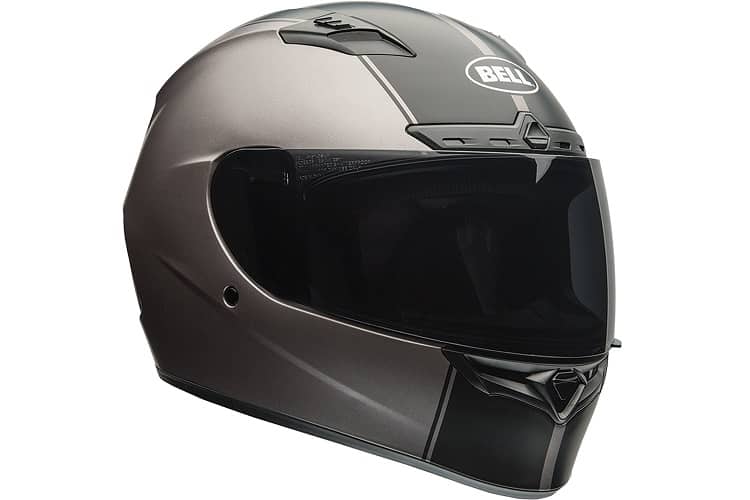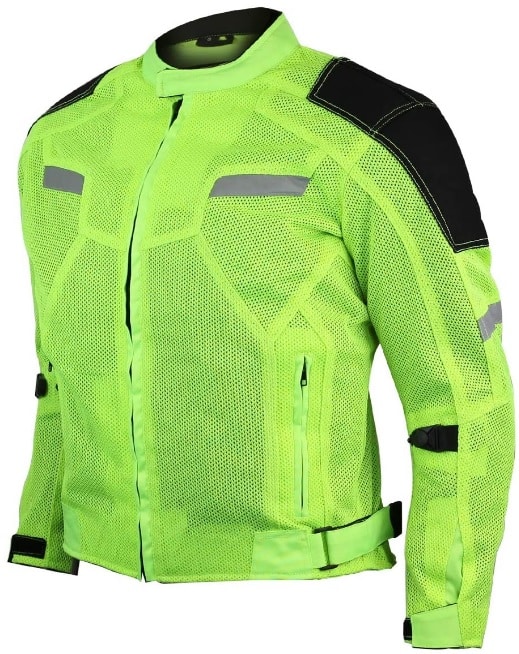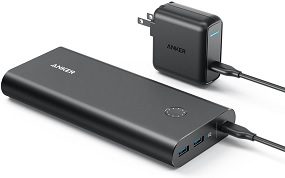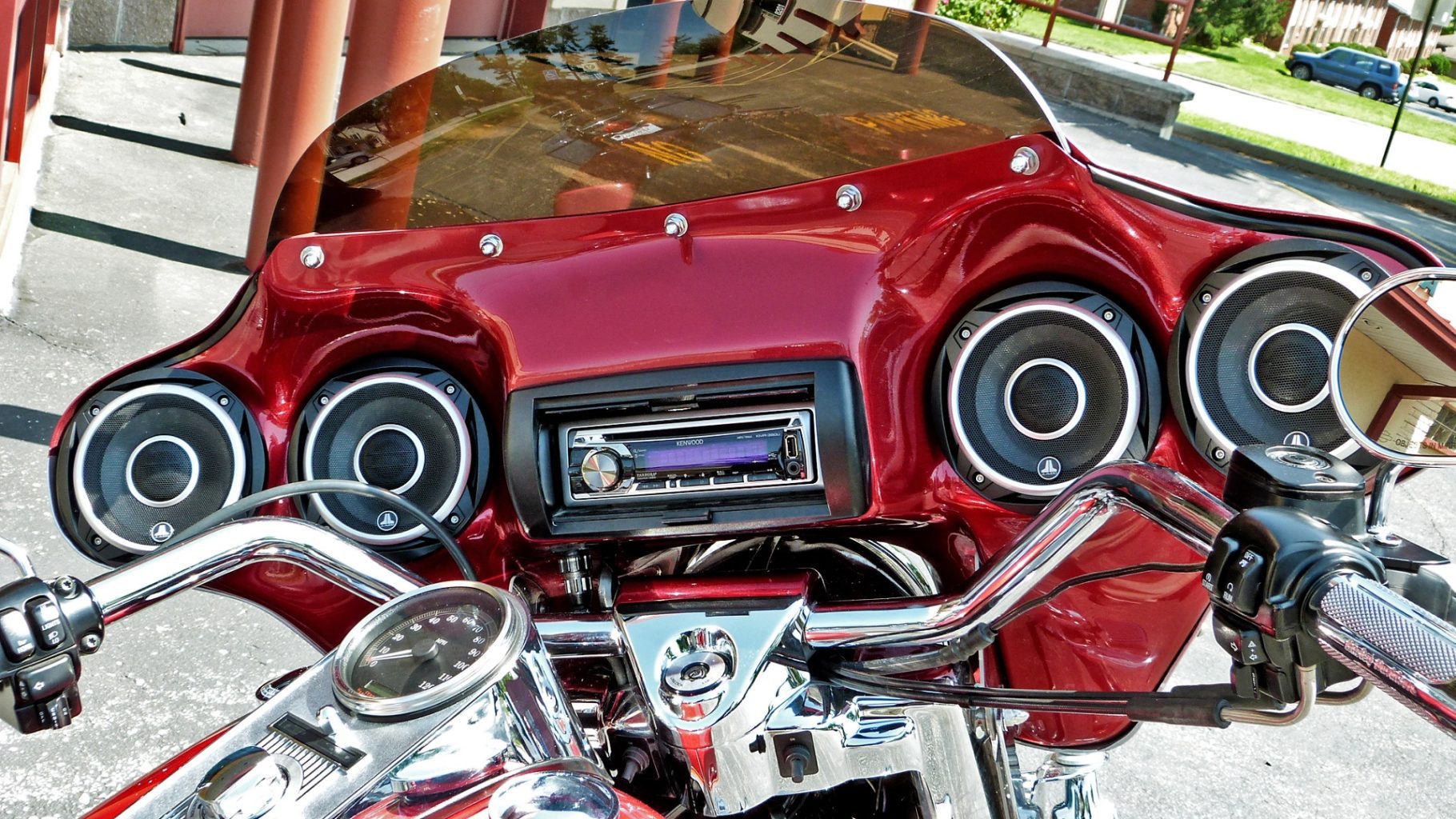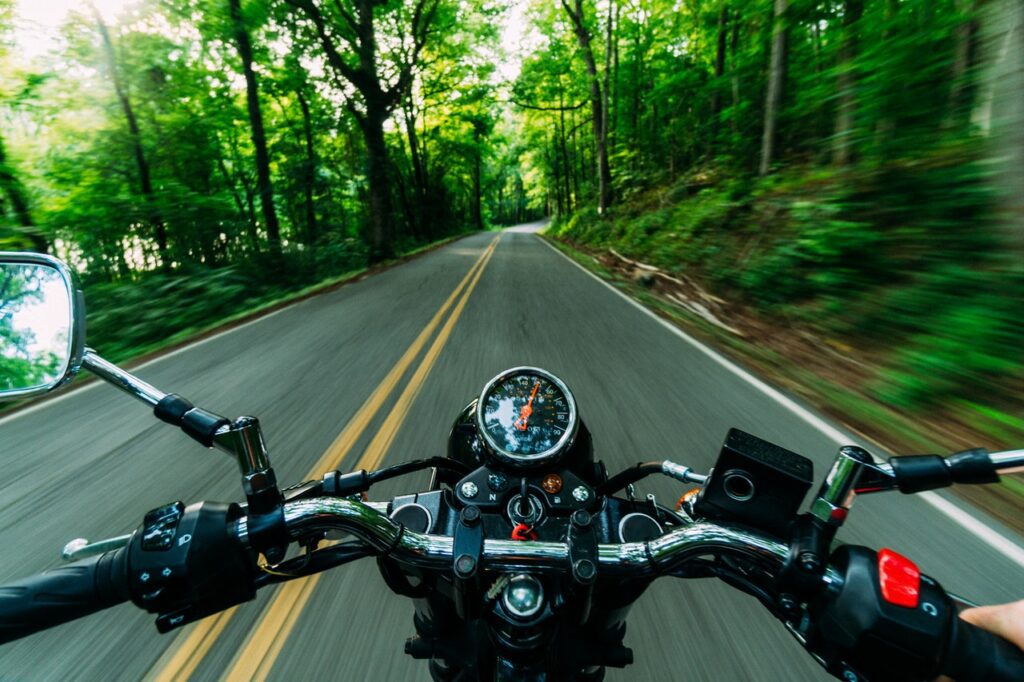
The BEST Motorcycle Helmet For Touring (& Tips)
Publushed by:
JeffreyLast updated:
July 21, 2020I’m going to make this the best resource possible for someone who’s going for a tour and wants some suggestions for the best motorcycle helmet for touring, and a few tips along with it on how to maximize the pleasure of touring, without experiencing any displeasure.
I even looked at the definition of touring on Google, so I could write it out for you while keeping its proper meaning in mind, of what a tour is.
Well then, let’s dig in!
Also check: Bell Bullitt vs Torc T1
Best Motorcycle Helmet for Touring
Best Overall: AGV K6
Short summary
AGV K6Â is the lightest helmet in the world according to the research that I did and what people said about it all around the internet.
I recommend that you get the white version of this helmet to increase visibility. It meets all the requirements of a touring helmet, and in fact, it is made to be a touring helmet. If I was out for buying a touring helmet right now, this is the one that I would get because I don’t do group tours, I like to ride alone. A lone wolf, as they say, haha.
Runner up: Bell Qualifier DLX
Short summary
This one has Bluetooth built-in and is lightweight at the same time, which Is the second most important thing after the safety standard certification, for a touring helmet at least.
Because tours tend to be quite long so the less the weight you have on your body, the better and more enjoyable the experience is going to be. Also, if you’re like me and like the AGV K6 helmet better, you could then get that helmet instead and put a Bluetooth device on it and call it a day, if you like that helmet better.

Also check: Biltwell Gringo vs Lane Splitter
When I started researching finding what the best motorcycle helmet could be for touring, I realized that there could be many situations someone could be doing a tour:
- He could be alone.
- It could be with a group of riders.
- He could be a beginner motorcycle rider.
- It could also be someone who’s been riding for decades.
- Someone with a pillion or without one.
- It could be a tour of many cities.
- Could be a tour of only one city or destination.
Let’s talk about each of the scenarios one by one.
Doing a tour alone
If you’re touring alone, own your own, without a group or a pillion, here are a few things you’ll need to take with you, for the most amount of pleasure out of your tour and hopefully no displeasure!
No music!
Yes, don’t listen to music on your tour. Maybe once there and resting? But not when on the motorcycle. Because studies show that listening to music increases your chances of getting into an accident and could potentially make this your last tour, hence I would advise against that for your safety.
I consider this as dangerous as wearing an open face helmet, which exposes your face and your eyes to pick dust and bugs and doesn’t offer much protection when the rider hits the ground eventually.
The strange technique
I am calling it a strange technique because it IS a strange technique and you’ve probably never experienced something like this around you being used as a safety measure by common people like you and me.
Anyways, to find out more about this technique, I’ve discussed it in detail in the next section, but let me go over it quickly here. It’s basically using the air horn to people know that there’s an emergency.
When they hear an air horn on the road, they’ll probably look at you once, and if you are lying down, most of them will run over to you, which is the main point behind this technique, to ask for help without verbally asking for help.
This technique is most effective when you’re riding with a group, in my opinion, which is why I have discussed it in detail in that section.
Don’t get sick
You are touring alone, so I’d say see what you eat, because eating too much or too little could wear you out quickly, and on a motorcycle tour we always get worn out quicker than if the tour would’e been on a car or bus.
Besides, you are touring alone, and if you get sick, there’s no one to take care, while if you get sick and you’re with a group, there’s not much to worry about as they’ll take care of you, but you have to be careful when you are alone so I am including this reminder here in this section of touring alone. I’ll not even mention it in the section of touring with a group of riders.
Your full-face helmet
Did you know that MSF USA recommends that your helmet needs to be at least a full-face helmet? And you need to be wearing at all times, especially now that you’re planning on going on a tour.
Imagine if something hits you, and you didn’t have a full-face on, with 50% chances of fatality, there’s not much hope, to be honest. Whereas if you wear a full-face helmet and if something hits you, there’s a much lower chance that it’ll be a fatal accident. And your head will most likely be protected unless its a nasty hit and even your helmet cracks open, which shouldn’t be the case if you get a good one!
Lightweight helmet
The helmet needs to be lightweight, because the pains are real after a tour and you wanna reduce it as much as possible by wearing lightweight but durable gear, especially the helmet.
Hi-viz jacket
Your helmet needs to be hi-viz as well, but I am focusing on the jacket because a jacket will have the highest impact on the visibility if you wear a hi-viz one, typically comes in light green.
You’ll probably not need a hi-viz jacket if you’re in a group, but it is still recommended because not everyone from the group is going to wear a hi-viz jacket, so at least one or two guys need to wear them if not all. But, as you’ll be on your own, alone, you have to get a hi-viz jacket.
Hi-viz boots or helmet do not matter that much, but are preferred, especially a hi-viz helmet compared with a hi-viz jacket, just perfect! The jacket alone is enough though if you don’t have or want to get a hi-viz helmet to pair it with.
Your toolkit
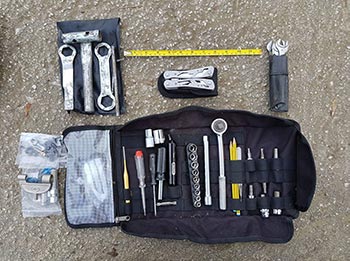
If your tour is under a couple of hundred kilometers, you’ll probably not need this. But, if it is more than that, maybe a few hundred kilometers, you have to take your essential motorcycle maintenance toolkit with you that includes especially your motorcycle chain lube and maybe your engine oil, if it’s about time to change it.
Or better yet, change it from your home or garage and then take it with you. You know your bike, so grab whatever needs to be with you on this tour.
Touring with a group
If you’re touring with a group of bikers, especially friends, you require a completely different set of gear with you. Ok, maybe not completely different, but it is different than if you were touring alone. Let’s see what’s different about it.
Playing around
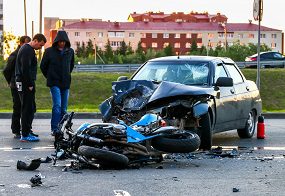
I’ve seen people playing around on the road, especially when they’re with a group of friends riding somewhere for pleasure. It’s mostly a beginner mistake but even could be done by senior riders at some points, so don’t go overboard with it and only do stuff like playing with that throttle if the highway is empty enough that you can take the risk.
For a beginner in the bunch, I’d say just stay away and do not follow what others might be doing, because it is very tempting to follow and do the same when one person starts going crazy and starts racing with other vehicles on the road or starts splitting lanes. It’s very dangerous and most certainly fatal. Speeding kills, remember!
And playing around, splitting lanes, and speeding too much in a group is even more dangerous! Because if one person falls, the ones behind him may fall like tree-leaves in the summer; and there goes your tour. 😕
The Air Horn Technique
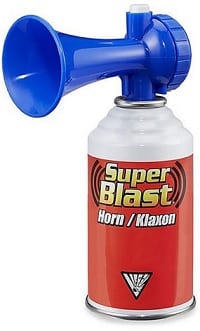
Well, this may sound funny already, or strange; but the air horn technique I came up with while writing this article for you. The technique is, whenever there’s an emergency and you need the whole group to stop their bikes and pay attention to you, you pull out your air horn and press that annoying little button!
It needs to be a good loud horn that reaches at least 100 meters and your fellow riders can easily hear it even with their helmets on and the noise all around them along with the engine noise they’re all producing.
I doubt that you’ll need it if you all wear a Bluetooth helmet, but if you guys do not have Bluetooth helmets on, the air horn technique is the alternative I could come up with, to let everyone else know that there’s an emergency, stop your bikes and look back.
If we think about this scenario it seems stupid, weird, and funny that in an emergency you’d use an air horn. But believe me, when the situation comes and you press the air horn and your group of riders stop and come to save the day, while the people around you are looking, I am getting the feeling that they’ll give you a standing ovation for this idea 😉 Although I hope the situation does not arrive and you do not need to use this technique.
A bluetooth helmet
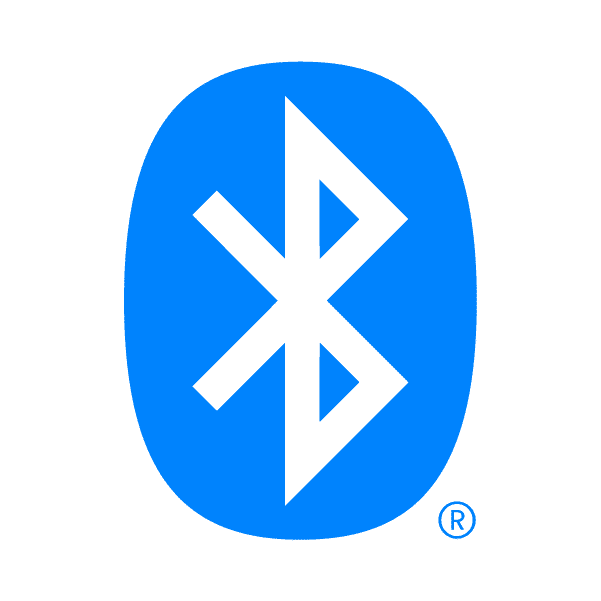
Yes, the helmets need to be full-face in this case as well, all of them. But, they all need to be bluetooth helmets at the same time. Why? Because if someone gets into an accident somewhere behind you and you guys couldn’t hear him for some reason.
It’d be a really bad day, wouldn’t it? Whereas if you all guys are connected via intercom and can hear each other talking, there’s no chance that’d ever happen that you wouldn’t notice something like this. Besides, if all of you do not notice, at least one person out of the group would and then lets everyone else know as well. It’s a great feature to have when riding in a group, bluetooth.
A beefy power bank
I almost forgot about this part. You need to have a few power banks as well to take along, to charge all those electrical gadgets you’ll take along. Your mobile phones which you’ll use for GPS or calls etc, they all need to be charged, don’t they?
I know this sounds very obvious, but it is not that obvious when we’re packing for the tour! Almost always we miss something crucial for the tour. So I’d say make a list out of all of the things that apply to you from this post and tick them one by one as you prepare.
Oh yes, I recommend Anker’s power banks. They’re the best in these things; power banks and power cords and whatnot. I’ve been using their cables and power banks, and even wireless earbuds for years; and they’re all still with me, none of them stopped working.
There’s one strange thing though. I got their wireless earbuds called Anker SoundBuds Curve. The ear-tips on them, I am not sure what ate them, maybe rats? But I had to replace them like every few weeks or so, and now they’re all gone! There were a total of five total pairs of ear tips; one on the earbuds as they came, and the rest in the box.
I had to order a second pair just because some rat came and ate all of them one by one, otherwise, the earbuds are working perfectly; just those ear tips I don’t have, and therefore I don’t use them anymore.
I asked Anker and they sadly do not offer those separately.
The toolkit
For touring alone, a toolkit is a must, especially if you are touring around rural areas or mountains where there isn’t a lot of mechanics around to fix your bike. On the other hand, if you are touring with a group, like in this case, you don’t really need a toolkit.
Meaning not every person needs to have a toolkit with them if at least one or two people have theirs with them, use that when needed, because if everyone takes their along with them, it’ll probably be a waste of space that you could put something that’s needed more; like maybe extra food?
Beginner rider doing a tour
If you’re a beginner motorcycle rider doing a tour, you must first read through these beginner motorcycle rider mistakes that almost everyone makes, and they’re most likely going to be fatal if not taken seriously. Let me share them here quickly, and for complete detail, you can visit the post later:
- Wear your complete protective gear
- Wear a full-face helmet
- Do not listen to music while riding
- Don’t approach corners at fast speeds
- Use your turn signals
- Cancel your turn signals
I’ve shared a few that I seemed relevant to touring, but I encourage you to check out the complete list with an in-depth explanation of each point by clicking here.
Touring with a pillion
If you’re riding with a passenger, get yourself and the passenger a full-face helmet, if you care about their safety. The helmet, in this case, does not need to be a bluetooth helmet, but it has to be a lightweight helmet still, and the AGV K6 is super lightweight, the most lightweight in the world right now apparently, so get that one if you don’t already have one yet.
If it’s a long tour and you guys wanna talk to each other, then yes, get a bluetooth helmet. I researched around before writing this post and found the AGV K6 to be the most lightweight helmet without bluetooth, and the to be the lightweight in the bluetooth helmet category.
Why lightweight?
Because on a long tour, if you haven’t done one before, you really start to feel the pain of sitting on your bike for long periods of time, your butt starts to hurt for example and your entire body after a few hours, so the less the weight you have to carry on your body, the better.
Touring without a pillion
In this case, if you’re riding without a pillion, you’ll only need a good lightweight helmet and the rest of the safety gear that is hi-viz, especially your jacket. Ride without listening to music, as it increases your chances of getting into an accident and we don’t want any of those chances staring us.
A tour of many cities
If it is a long tour with many destinations, you’ll need to keep the same things in mind that I’ve already mentioned in detail above. But, let me share them here again real quick.
- If you’re touring alone, take a lightweight helmet along. (AGV K6)
- Take your toolkit along as well, if you’re touring alone.
- Don’t be listening to music while riding.
- Take a bluetooth lightweight helmet, if you’re with a group.
- Take a few good reliable power banks along if you’re with a group. Because one power bank can only charge one phone a few times or can give a few phones a single charge.
Touring only one destination
In touring only one destination, there could also be multiple possibilities:
Touring the whole city
Visiting the whole city is almost like doing a tour of multiple destinations, so almost all of the things that I’ve mentioned previously above apply here as well for a group ride. Click here to go there and read those points.
But, to sum it up, get the bluetooth helmet and do not listen to music, with all the hustle and bustle of a city, it’s already going to be hard for the group to keep up with each other, and on top of that playing music and distracting yourself more, that just does not make sense.
Touring only one small area in a city
Now if it’s a small journey of an area in a city where you or a group of riders is heading, it depends if the area is a famous tourist spot or not. If it is, that’s great, you’ll have almost all the facilities available there so not really much needed to take along.
But, if it’s not a famous tourist spot, take your basic toolkit still and even that’s not necessary in case you are riding with a group. Although one of the riders needs to have a toolkit that’s universal to all the bikes, so everyone can use that if need be. And about the music, I’d still advise against it, but it’s your choice if you wanna listen, as its a small journey so what could possibly go wrong?
But whenever I think like this, I always take risks, so do not take risks thinking the same. Risks like speeding and playing around on the road and splitting lanes here and there.
Conclusion
I may have left out many important things so I’ll keep on updating this article as I find new tips to share. The helmet you should get if you are touring alone is the AGV K6 – the lightest helmet overall.
If you are touring with a group, to communicate with all the group members you have to have a Bluetooth helmet, and I recommend Bell Qualifier DLX for that, because if it lightweight and has bluetooth, but if you wanna choose it for yourself, feel free to check out this article where I’ve listed 12 bluetooth motorcycle helmets that can tell you GPS instructions as well, making it very useful for a tour.
Finally, I’d like you to check out this post from another blog about touring, they’re mainly talking about touring on a bus, but still, almost all of the tips shared there apply to us here as well while touring on a motorcycle.

Jeffrey
Jeffrey Bryce is an experienced motorcycle rider with years of experience caring for motorcycles. His natural fondness for motorcycles have made him come up with LetsGoForARide.com, which is dedicated to answering and teaching you how to care for your bike with the care it requires. LetsGoForARide is the one of his important lifework in reaching out to communities of motorcycle enthusiasts on how to take care of their bike and choosing the correct spare part.
